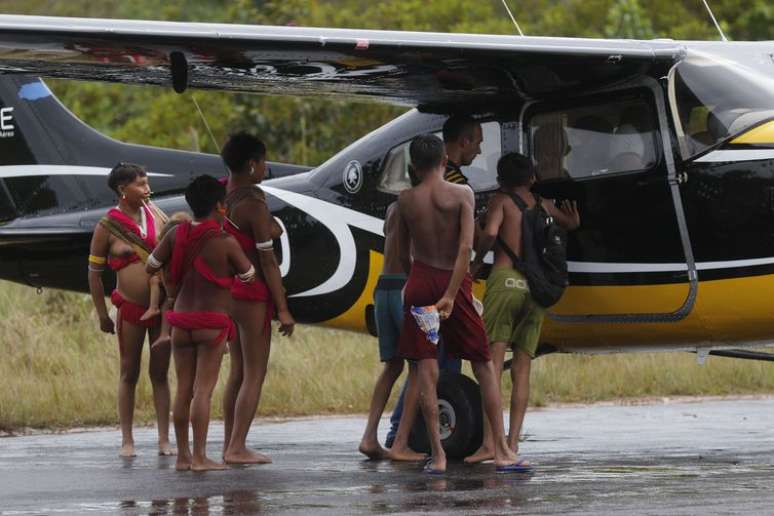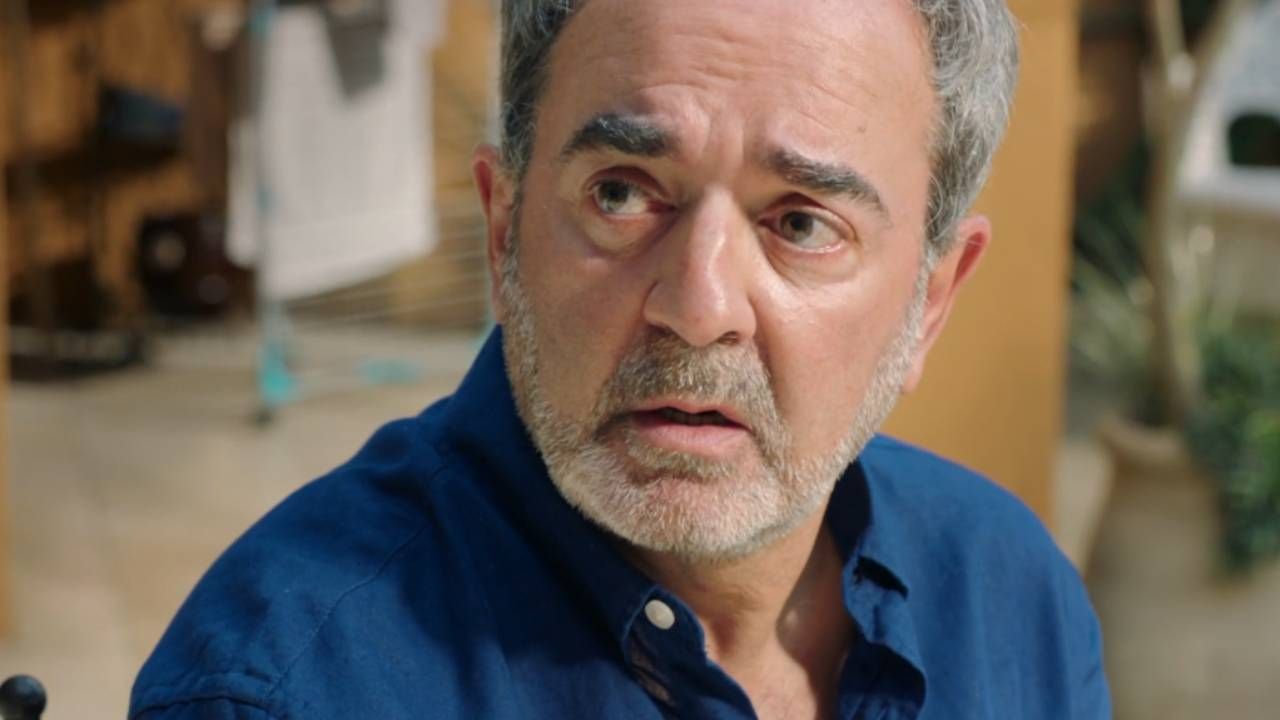The federal government’s omission, violence and growth of illegal mining have caused a public health crisis in Brazil’s largest indigenous territory. Remember here
In January 2023, as Luiz Inácio Lula da Silva’s third term began, the Ministry of Health declared a state of public health emergency of national importance in the Yanomami territory, the largest indigenous land in Brazil. The reason is the conditions in which the indigenous people of this ethnic group were found by health workers, which included severe signs of malnutrition, malaria and respiratory infections.
The combination of the previous government’s inaction, violence and the growth of illegal mining has been particularly destructive Indigenous land Y anomalous . The occupation of large areas through mining, deforestation, the opening of craters and the diversion and pollution of rivers seriously damage the maintenance of farms, hunting, fishing and fruit gathering, the main sources of food for the Yanomami. Furthermore, craters with standing water and destructive occupation facilitate the spread of malaria, influenza, pneumonia and other infectious diseases.
A very serious problem is contamination by mercury, used in mining operations. Field research in 2018 and 2022 found mercury concentrations in fish and all people surveyed on indigenous lands.
+ Summary: the situation of indigenous peoples during the Bolsonaro government
Since 2018, indigenous and related entities have reported instances of violence, degradation of community health conditions, and forest destruction, and have called for government action to protect indigenous Yanomami land. But the situation gained greater importance in April 2023, when the Hutukara Yanomami Association released a report with data, aerial images and invasion reports showing that, in 2021, illegal mining had increased by 46% in indigenous territories , compared to 2020. and this advance directly affected 273 indigenous communities, with more than 16 thousand people, equal to 56% of the total population of the territory. Hutukara began monitoring the situation in October 2018, when the area destroyed by mining activity was 1,200 hectares. By December 2021 this number had increased 2.7 times, reaching 3,272 hectares.
According to data from the Ministry of Health, in 2022 there were 15,500 cases of malaria in the Yanomami indigenous land, equal to 10% of all cases recorded in Brazil in the same year. The incidence of pneumonia and malnutrition has also increased significantly, especially among children. According to ministry data, between 2019 and 2022, in the land of the Yanomami indigenous people, 570 children up to 5 years old died due to treatable diseases. About 56% of children in the area were severely malnourished.
Over the same period, the dismantling of care for indigenous populations has resulted in the closure or abandonment of health centers, a reduction in care, and a lack of equipment, labor and medicine. To make matters worse, illegal miners have taken control of some health infrastructure, such as airstrips and health posts, and mining violence has hampered the presence of medical teams and the distribution of medicines and food.
+ 8 documentaries on indigenous cultures
In January 2023, President Lula declared a state of public disaster on Yanomami indigenous land and created an emergency inter-ministerial group to address the humanitarian and health crisis on Yanomami indigenous land. The measure was part of a series of electoral commitments with indigenous communities, which also included the creation of a specific ministry for indigenous peoples, the resumption of demarcations, the revocation of ordinances and other measures against indigenous rights and the guarantee of prior consultation with indigenous peoples on policies that affect them.
Government response
As soon as he took office, Lula created the Ministry of Indigenous Peoples and appointed Sônia Guajajara, former executive coordinator of the Articulation of Indigenous Peoples of Brazil (APIB). He also appointed lawyer Joenia Wapichana to preside over Funai: Joenia was the first indigenous woman elected to the Chamber of Deputies. It is the first time that Funai is under the direction of an indigenous person. Finally, Weibe Tapeba, of the Federation of Indigenous Peoples and Organizations of Ceará, took over the direction of the Special Secretariat for Indigenous Health (Sesai).
In addition to the emergency action on Yanomami indigenous land, the new government created a task force led by the Federal Police to combat illegal mining in the territory, with the participation of Funai, Ibama, the Ministry of Defense and the National Force. The health centers in the area have been reopened, with the strengthening of public health workers and the distribution of basic food baskets to the communities. In April, Lula allocated, through an interim measure, R$640 million for actions to protect the life, health and safety of indigenous communities, in particular the Yanomami.
+ Review: The history of the delimitation of indigenous lands in Brazil
FUNAI underwent an internal reorganization, recreated technical groups tasked with identifying and demarcating indigenous areas in different regions, and revoked the previous government’s regulatory instructions and ordinances, such as one that allowed logging on indigenous lands. The Ministry of Health invested R$60 million in information technology for sanitation and buildings, as well as resuming community-based programs.
In July, the Ministry of Indigenous Peoples, in collaboration with the FST, launched the first edition of the Federal Constitution in Nheengatu language , one of the most talked about in the Amazon region. It is the first official version of the Constitution in an indigenous language. The translation was done by indigenous peoples of the Alto Rio Negro and Medio Tapajós regions.
Join the GUIA channel on WhatsApp and receive study, writing and current affairs content on your mobile phone!
Source: Terra
Rose James is a Gossipify movie and series reviewer known for her in-depth analysis and unique perspective on the latest releases. With a background in film studies, she provides engaging and informative reviews, and keeps readers up to date with industry trends and emerging talents.







